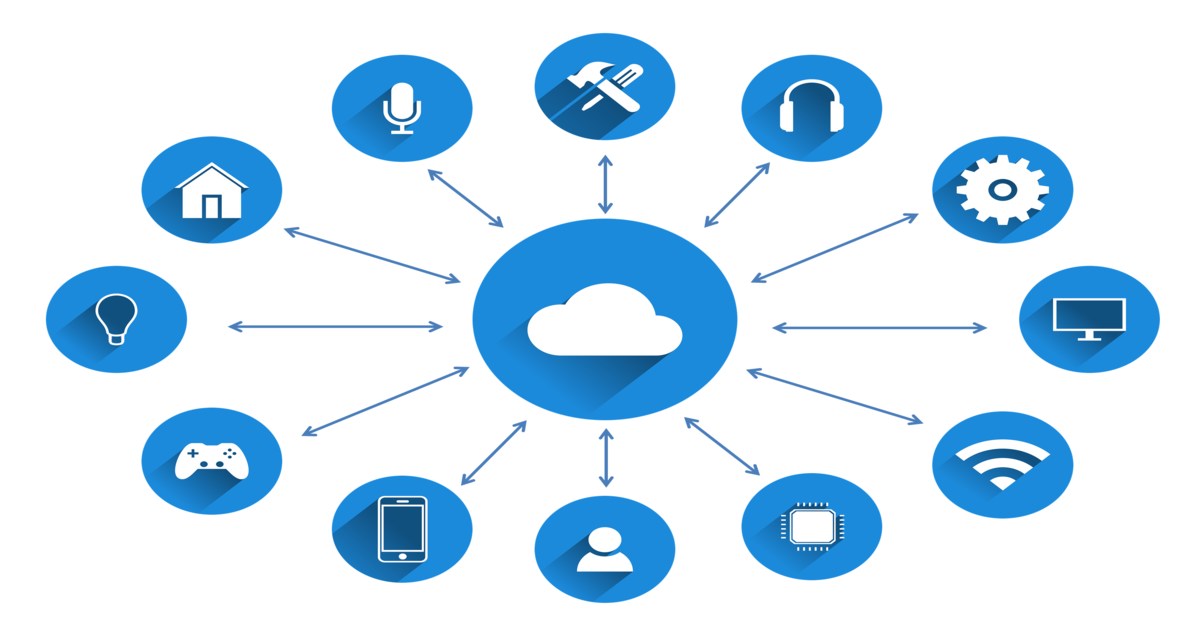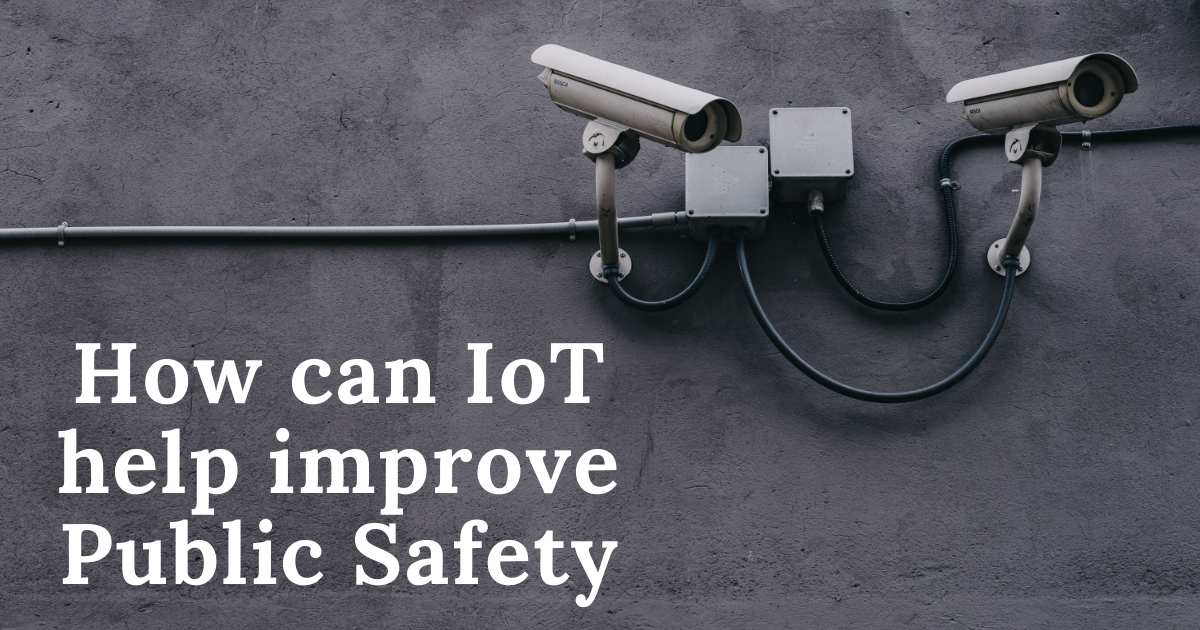Real-world application of the Internet of Things (IoT) is still in its early stage. But, they are coming to the public safety sectors in many ways. It has the ability to improve the efficiency and accuracy of current processes. However, new opportunities and applications arise even faster than we can imagine. In this article, we will talk about how IoT can help improve Public Safety.
IoT in Public Safety
There are a number of ways how IoT can improve public safety. Advancements in the IoT often move quicker than we’re able to keep up with. Innovators are working to apply this valuable tech to our current infrastructure. Let’s talk about how IoT can help improve public safety.
Preventing the Collapse of Structures
On average, about 2600 people die in India every year due to structural collapse. It causes chaos and even fatalities in local areas. The best way to avoid these disasters is through preventative maintenance. Using the data given by IoT sensors, officials can get insights into city infrastructures. This, in turn, can detect damages by measuring shifts and vibrations in structures that indicate cracks, or excessive strain. It will help safety officials to identify life-threatening problems and conduct preventative maintenance so small issues don’t develop into bigger problems. This is one way how IoT can help improve public safety.
Locating People in Danger
Determining the exact location of someone calling on the emergency number can sometimes be a challenge. Due to the close span and constant signal needed by many networks, the rescue team can struggle to determine the caller’s exact location in real-time. For instance, if someone is climbing a mountain and is hurt, he/she usually only has one option to call an emergency : a cell phone. However, cell signals can become low in remote areas. If an emergency occurs a call may not actually go through. Will the police be able to get the exact location of the injured person even if they make a call? There’s no surety.
With IoT-enabled trackers and panic buttons that runs on a 0G network, these things can be better. By wearing IoT devices connected to a 0G network, climbers can be sure that rescuers can rapidly identify where they are. This, in turn, will ensure faster rescue. The 0G network covers a wide area and is not dependent on WiFi or cellular. Hence, police and other emergency officials can be sure that the location is accurate. Also being sure that the signal won’t be lost makes it easier to track people in danger. This way, IoT can help improve public safety by locating people in danger.
Ensuring Proper Sanitation
Public safety is not just about missing people or falling buildings. Keeping cities and streets clean is also a part of it. Monitoring waste collection, vermin infestation, and more, IoT devices can give city officials insight into where in the city there are hygiene issues and how to address them. For example, IoT devices attached to waste bins can tell how full a dumpster is. If the bin is filling up fast data collected by IoT would be able to indicate that it needs to be emptied more often. By preventing the buildup of waste, officials can also prevent the presence of unwanted organisms and the spread of germs.
Conclusion
In conclusion, public safety is not something that can be taken lightly. By using IoT devices, officials can get the insight they need when they need it. This results in safer, better cities for all. Hence, this is how IoT can help improve public safety standards. While we are yet to see rapid adoption of the applications IoT in this sector, there’s no denying that it’s gaining speed.

All you need to know about IoT
| Introduction to IoT | Career Options after IoT |
| IoT in Business Growth | How IoT works? |
| Future of IoT | Benefits of IoT |
| Disadvantages of IoT | Salary After IoT Course |
Learn IoT
| Top 7 IoT University/ Colleges in India | Top 7 Training Institutes of IoT |
| Top 7 Online IoT Training Programs | Top 7 Certification Courses of IoT |
Learn IoT with WAC
Other Skills in Demand
| Artificial Intelligence | Data Science |
| Digital Marketing | Business Analytics |
| Big Data | Internet of Things |
| Python Programming | Robotics & Embedded System |
| Android App Development | Machine Learning |

